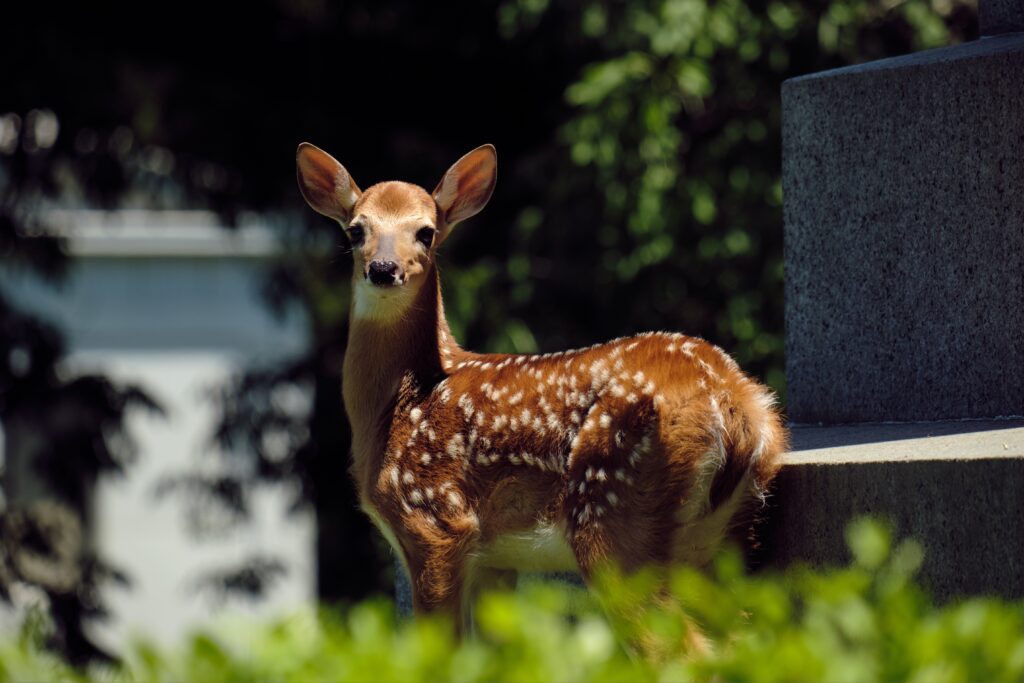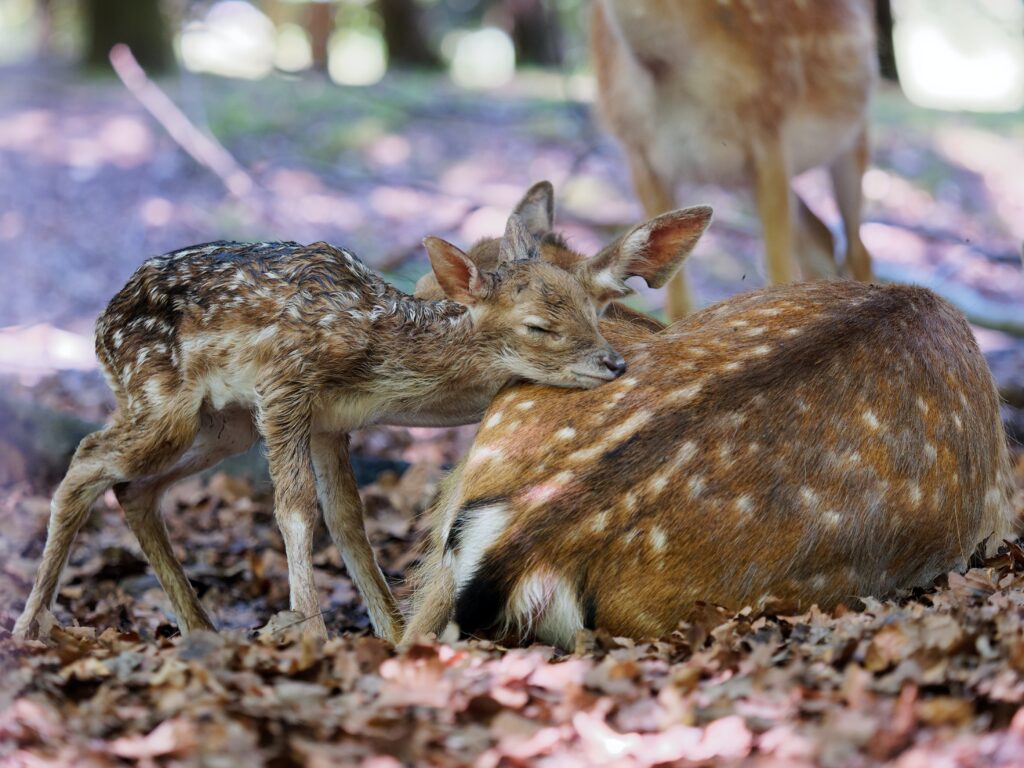Here’s The Reason Behind The Spots On Baby Deer
The deer is a darling animal popular for its speed and tasty meat. A young deer has slight physical differences lie coat color and pattern telling them apart from the elder ones. Most folks are quite curious about the spots on baby deer and how they disappear over the years.

The dotted pattern on a baby deer’s back is charming. Time has proven that the spots on a baby deer’s back are more than beauty spots as they help the defenseless cuties stay safer in a cruel world of predators seeking the most vulnerable prey.
Professor Renn Tumlison of Henderson State University explains that the spots on a baby deer’s back help them camouflage by imitating sunlight patches shining through the forest vegetation and landing unevenly on the forest floor. The camouflage blends the young deer with its environment, keeping it safe as it gains the speed needed to outrun a predator.
The mother deer leaves the baby in solitude for its safety, as most predators seek prey by flocking in herds. A lonely baby deer may have no option but curl up, waiting for its mother to come to feed it or bring it to a new shelter. Mothers spend more time with their young ones as they grow older and more capable of eluding fast predators.

White spots on the baby deer begin disappearing approximately three to four months after birth but may last longer. Some species, like the fallow deer, sika deer, and the chital, maintain the white spots until maturity. Most baby deer are born with white spots, including the elk and white-tailed deer mostly found across North America.
